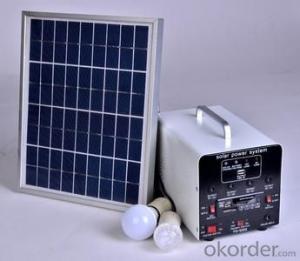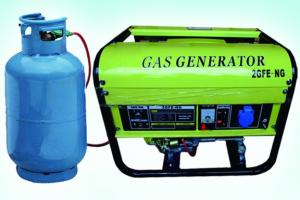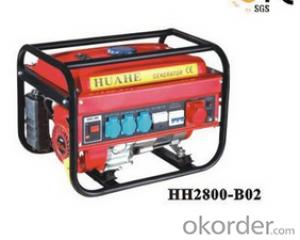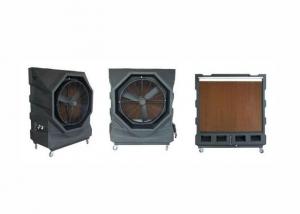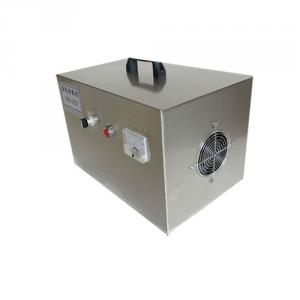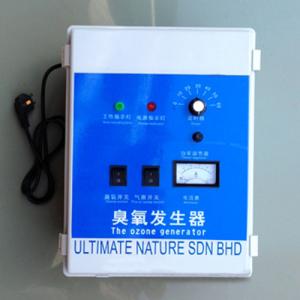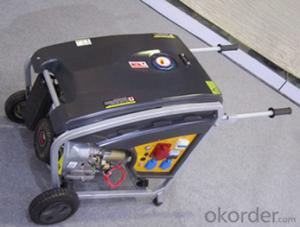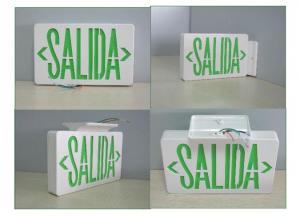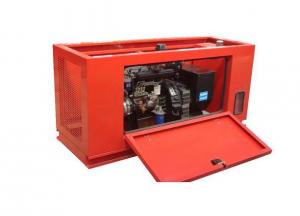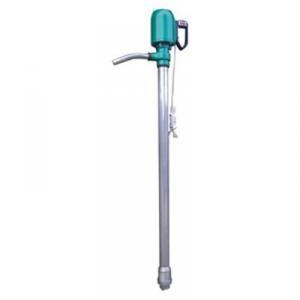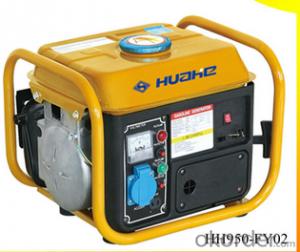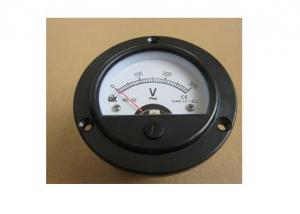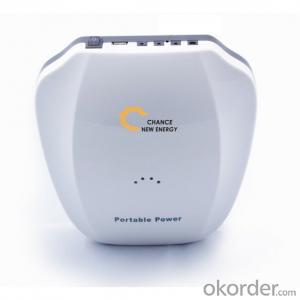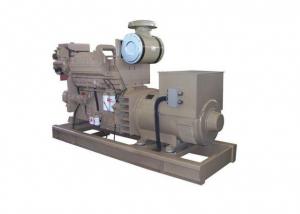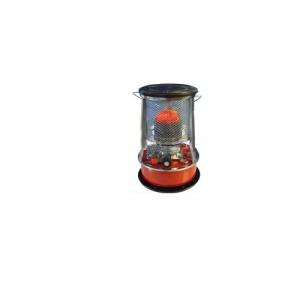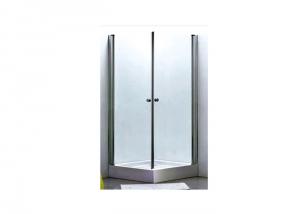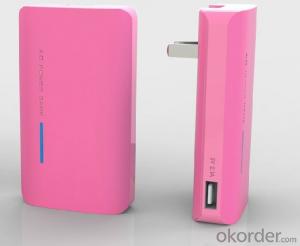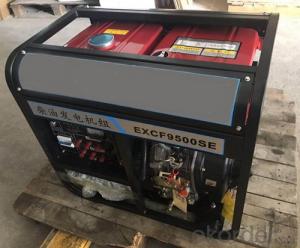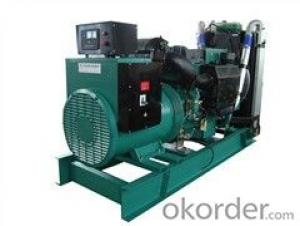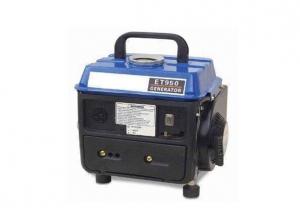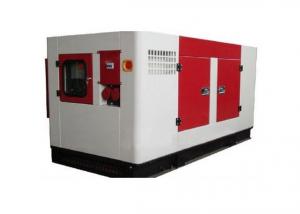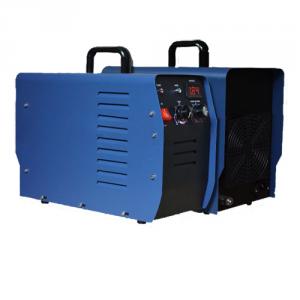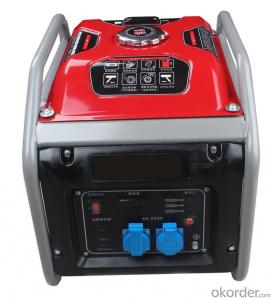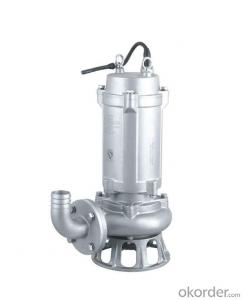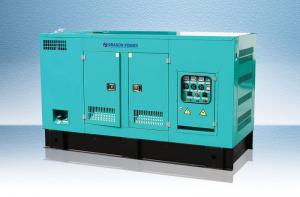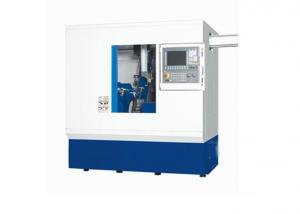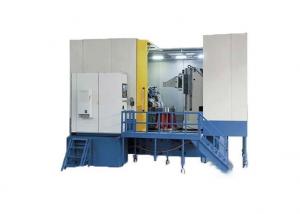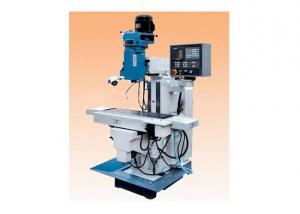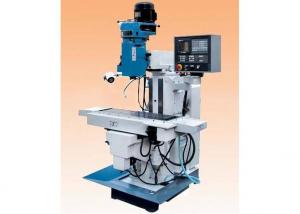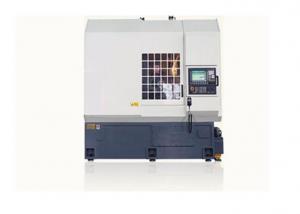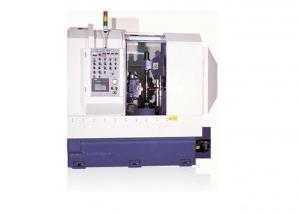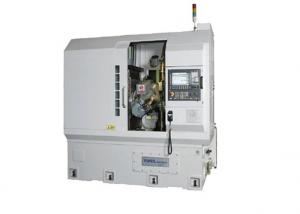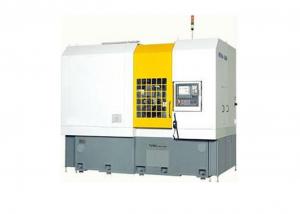Portable Generator Enclosure
Portable Generator Enclosure Related Searches
Natural Gas Portable Generator Cummins Generator Enclosure Handheld Power Generator Coleman Portable Generator Power Generation Facilities Magnetic Power Generator Industrial Electric Generators Solar Powered Portable Battery Non Gas Powered Generator Electricity Generation System Power Transmission Equipment Power Generation Distribution Portable Belt Conveyors Renewable Energy Storage Electronic Assembly Equipment Natural Gas Backup Generator Generator Diesel Consumption Electronic Encapsulation Electronic Equipment Recycling Camper Electrical System Non Electrical Equipment Custom Rechargeable Batteries Temporary Power Distribution Pasture Aeration Equipment Highest Rated Generators Hydrogen Power Generation Polyethylene Water Storage Tanks Electrical Energy Generation Battery Separator Disposable Electronic ShishaPortable Generator Enclosure Supplier & Manufacturer from China
Portable Generator Enclosures are specially designed protective housings for portable generators, ensuring safety, noise reduction, and weather protection. These enclosures are essential for various applications, such as construction sites, outdoor events, or emergency power supply situations, where a reliable and secure power source is needed. They provide a sturdy and secure environment for the generator, preventing unauthorized access and potential damage.Portable Generator Enclosures are widely used in different settings, from residential to commercial and industrial applications. They are particularly useful in situations where noise pollution is a concern, as they can significantly reduce the sound generated by the generator. Additionally, these enclosures protect the generator from harsh weather conditions, such as rain, snow, and extreme temperatures, ensuring the longevity and efficiency of the equipment.
Okorder.com is a leading wholesale supplier of Portable Generator Enclosures, offering a vast inventory to cater to the diverse needs of customers. With a commitment to quality and customer satisfaction, Okorder.com ensures that the enclosures are made from durable materials and are designed to meet industry standards. This makes Okorder.com a reliable source for those seeking to purchase Portable Generator Enclosures for their specific requirements.
Hot Products
